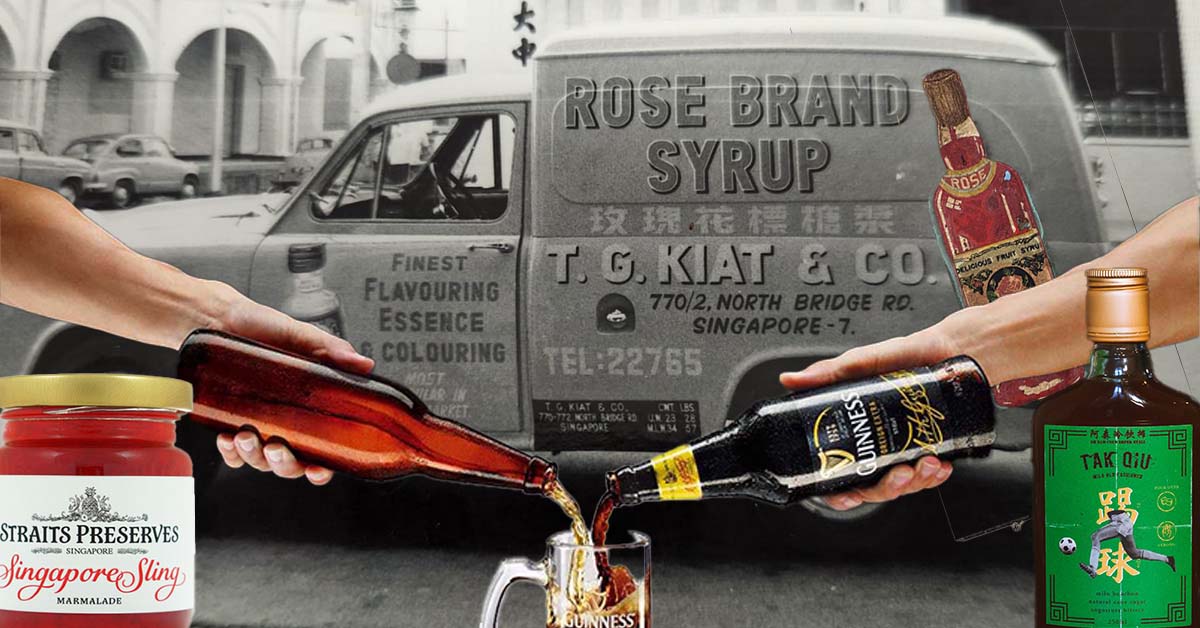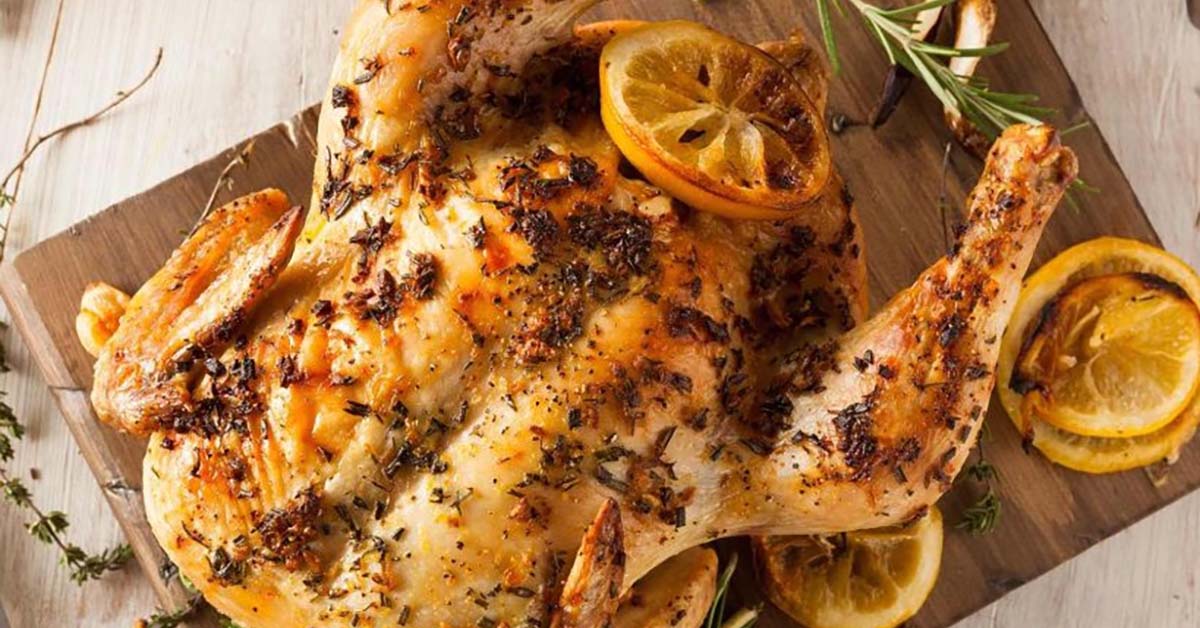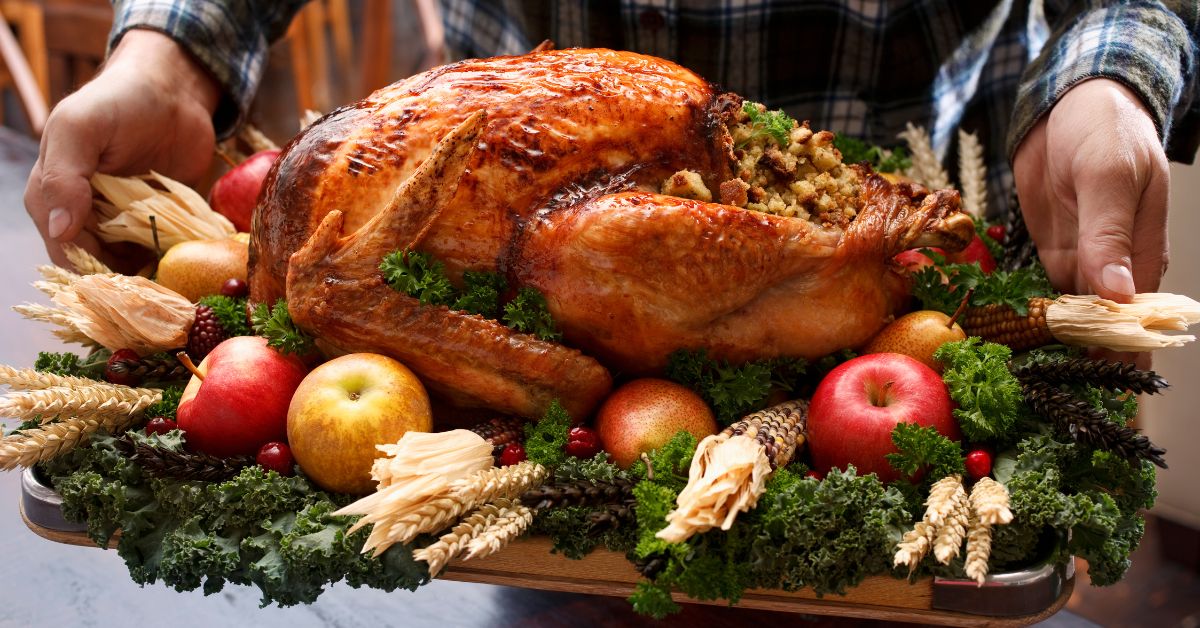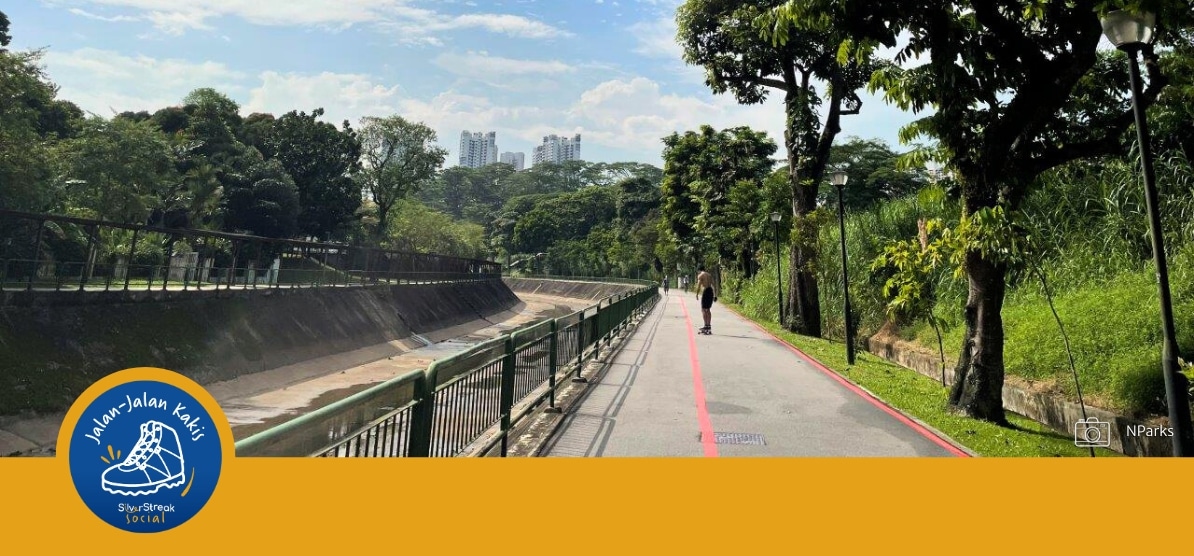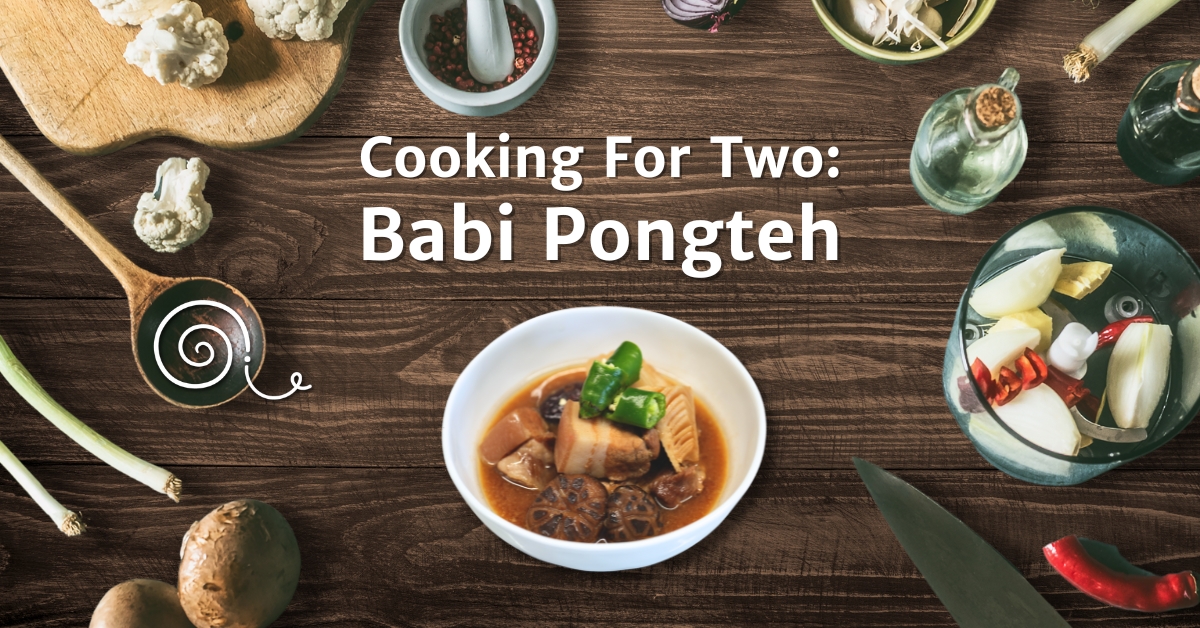
To a true blue nyonya, babi pongteh must be eaten with fresh green chillies that are snapped and not cut. That’s what my grandmother told me.
But then this braised pork dish with bamboo shoots, a Peranakan classic, is riven with controversy.
There is much argument over the ingredients used in the recipe, but there are no substitutes in my kitchen, especially if you’re cooking with my grandmother’s eye on you. But it is a dish worth learning for there is method to her madness. And anyway, I wouldn’t cross my granny, especially in the kitchen.
The stew is often offered as part of tok panjang, a sort of Peranakan buffet in reverse where guests take turns to dine at the table, replenished after each round. This table is not just usually laid out for special occasions such as weddings, ancestral worship or birthdays but also at… picnics.
I remember sitting on a mat by the beach at Changi in my childhood, dunking crusty roti perancis, French loaves, into a pot of babi pongteh and/or chicken curry.
Advertisement
Despite its Malay name, babi pongteh has its roots in Chinese cooking and yet it is far more than Chinese in character.
Yes, there are bamboo shoots in the pot, but it has to be boiled winter bamboo shoots, these days found vacuum-packed, and no other. Otherwise, the braise would stink with rancid bamboo smells, says my grandmother.
The main ingredient is pork and it has to be belly pork. Today, some cooks, for the sake of health, would use less fatty pork collar, pork shoulder or horrors, chicken! But no. The flavour comes from the pork fat from these cuts and this permeates the whole pot. This is a rich and unctuous braise after all.
Other injunctions follow. Add Chinese dried mushrooms, but not button mushrooms. And while babi chin, the other Peranakan pork stew, is similarly cooked and would sometimes have potatoes in it to bulk up, never add potatoes to pongteh.
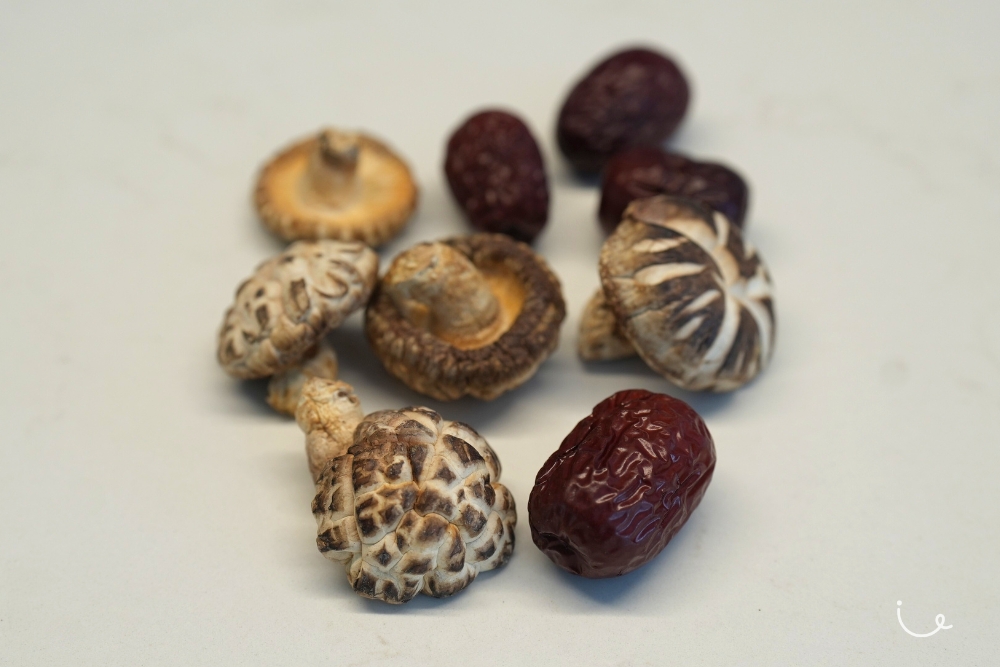
By the way, there are families who cook babi chin rather than pongteh. The reasons are obscure but generally babi chin has coriander, a Southeast Asian spice, in the mix.
For both braises, however, the dominant seasoning would be tau cheow or Chinese salted soya bean paste, but I doubt if a Chinese chef would use such copious amounts, as found in this old recipe.
Unlike most other nyonya recipes, both garlic and shallots are used to brown the paste, to deliver both fragrance and sweetness to the pot.
To round off the flavours, a couple of pieces of fresh sugar cane are also added to the pot. These days, I surreptitiously substitute the cane with a spoonful of sugar! Grandmother is long gone, but she would turn in her grave if she knew. Sorry, grandma.
Here I give the unvarying version that has been cooked by my grandmother, mother and now my sister and me over the years. The injunctions are my grandmother’s, by the way.
Babi Pongteh
(For 8-10 pax)
Note: If too much for one serving, divide the stew into desired servings and freeze them for use later.
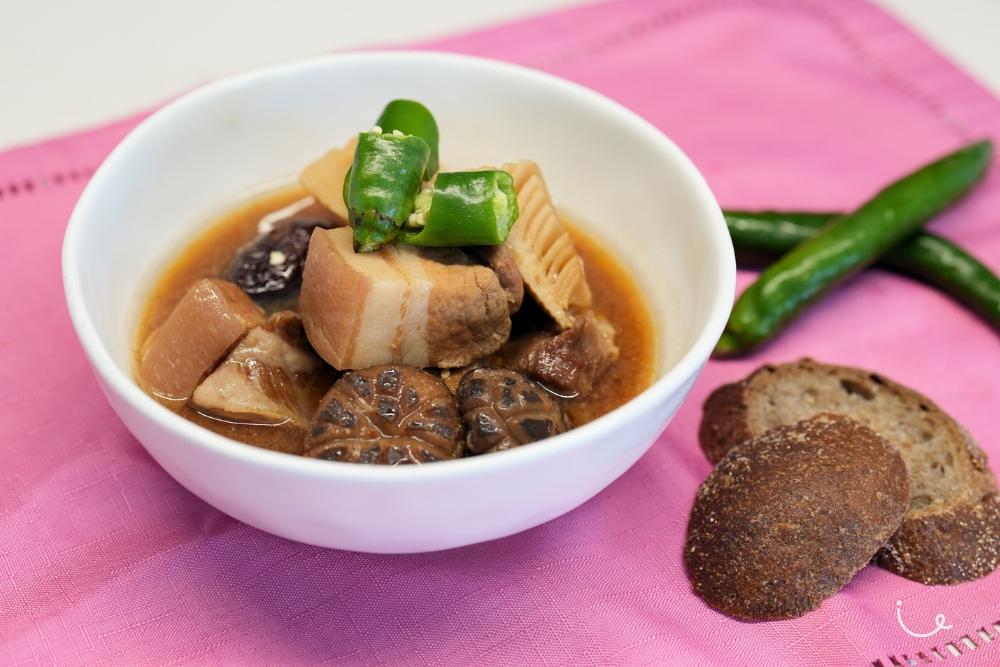
Ingredients
- 1 kg pork belly, cut into chunks (I’d use both shoulder and belly, never mind the bibiks!)
- 500g bamboo shoots, vacuum packed, cut into chunks
- 10 dried Chinese mushrooms, rinsed and soaked in water till softened
- ½ cup preserved soya bean paste
- 3 tbsps oil
- 1 head garlic, peeled and chopped
- 5 shallots, peeled and chopped
- Water as needed
- 1 tsp sugar or to taste
- Ground white pepper, to taste
- A dash of dark soy sauce, if desired
- 3-4 fresh green chillies, snapped and not cut
Method
- Cut pork and bamboo shoots into similar-sized chunks.
- Squeeze the soaked mushrooms dry, saving the soaking liquid. Cut mushrooms into smaller pieces, if desired. Leave all aside.
- If you are using preserved beans rather than paste, you need to mash the beans with the back of a spoon until it breaks up into a smooth paste.
- Heat oil in a pot large enough to accommodate pork, bamboo shoots and mushrooms. Brown the garlic, shallot and bean paste.
- When the oil becomes fragrant, add the pork pieces and brown.
- Add water to halfway of the pork and bring to the boil. Turn down fire to simmer. Be restrained when adding water as you do not want a watery stew; the pork will emit its own juices.
- After 30 minutes, add the bamboo shoots and mushrooms. Continue to cook over a slow fire till meat is tender. Season with sugar (or sugar cane) and pepper to taste.
- If the stew looks too pale, add a swirl of dark soya sauce and stir till you’re happy with the colour.
- Serve with rice or bread and garnished with yes, snapped green chillies.
Tricks from my grandmother
- Add a couple of pieces of fresh sugar cane to sweeten the pot, instead of sugar.
- Dark soya sauce is often used to add colour in nyonya cooking. Use as much as necessary to arrive at the colour you like. But use sparingly as you do not want it to overpower the flavour of the bean paste.
- There are many varieties of soya bean paste. We use the darker paste as it has a stronger flavour. Sometimes this paste comes with red dates in the jar to sweeten.

